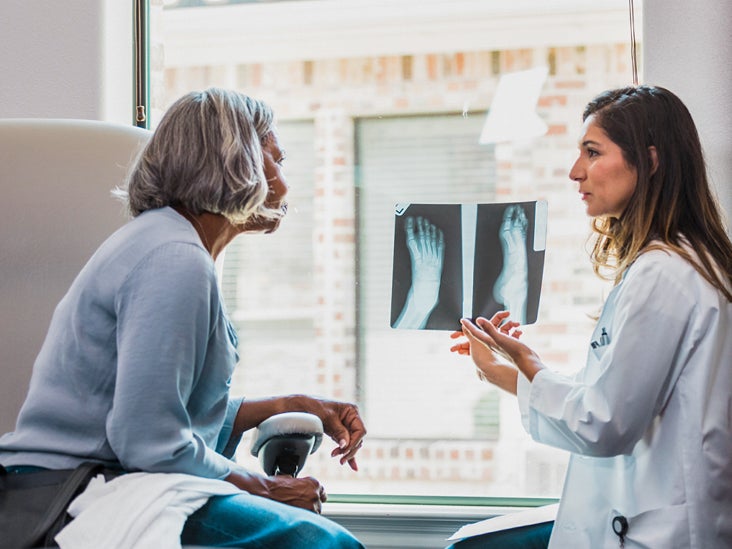

The doctor will then place your injured limb in a splint to keep the bones from moving until you are taken to surgery.Īlmost all open fractures are treated in the operating room. Your wound will be covered with sterile dressings. You will also be given a tetanus booster if you have not had one within the last five years. To help prevent infection, you will be given antibiotics as soon as possible in the emergency room. If more information is needed, a computerized tomography (CT) scan or another type of imaging study may also be ordered. X-rays will show the number of breaks in the bone, as well as the position and degree of separation (displacement) between the bony fragments. Your doctor will order x-rays to help determine the extent of the fracture. When there is any wound in the same area as a broken bone, it is assumed that there is an open fracture. Your doctor will then examine the wound and fracture site, checking for damage to soft tissues, nerves, and circulation. He or she will want to know how your injury occurred and will ask about your medical history. In the emergency room, your doctor will do an initial evaluation and check for other injuries. Most patients with open fractures will go to the emergency room for initial treatment. For this reason, preventing infection is the focus of early treatment.

In extreme cases where the infection cannot be cured and the patient's life is threatened, amputation may even be necessary. The patient may require long-term antibiotics and multiple surgical procedures. In general, the greater the damage is to bone and soft tissues, the greater the risk of infection.Ī bone infection can be difficult to treat. Open fractures pose an immediate risk of infection. Knowing the setting where your injury occurred can help your doctor determine the best course of treatment. Objects such as dirt, broken glass, grass, mud, and even the patient's own clothing can be driven into an open wound.

To some extent, the setting in which an open fracture occurs will affect the degree of contamination. The location of the wound and whether the soft tissues in the area have good blood supply.The size and number of the fracture fragments.The severity of an open fracture depends upon several factors, including: Rosemont, IL, American Academy of Orthopaedic Surgeons, 2008: pp. Reproduced and adapted from Zalavras CG, Marcus RE, Levin LS, Patzakis MJ: Management of open fractures and subsequent complications. Special care must be taken to prevent infection. In this injury to the lower leg, the broken bones are not visible, but there is a small open wound over the fractures.


 0 kommentar(er)
0 kommentar(er)
